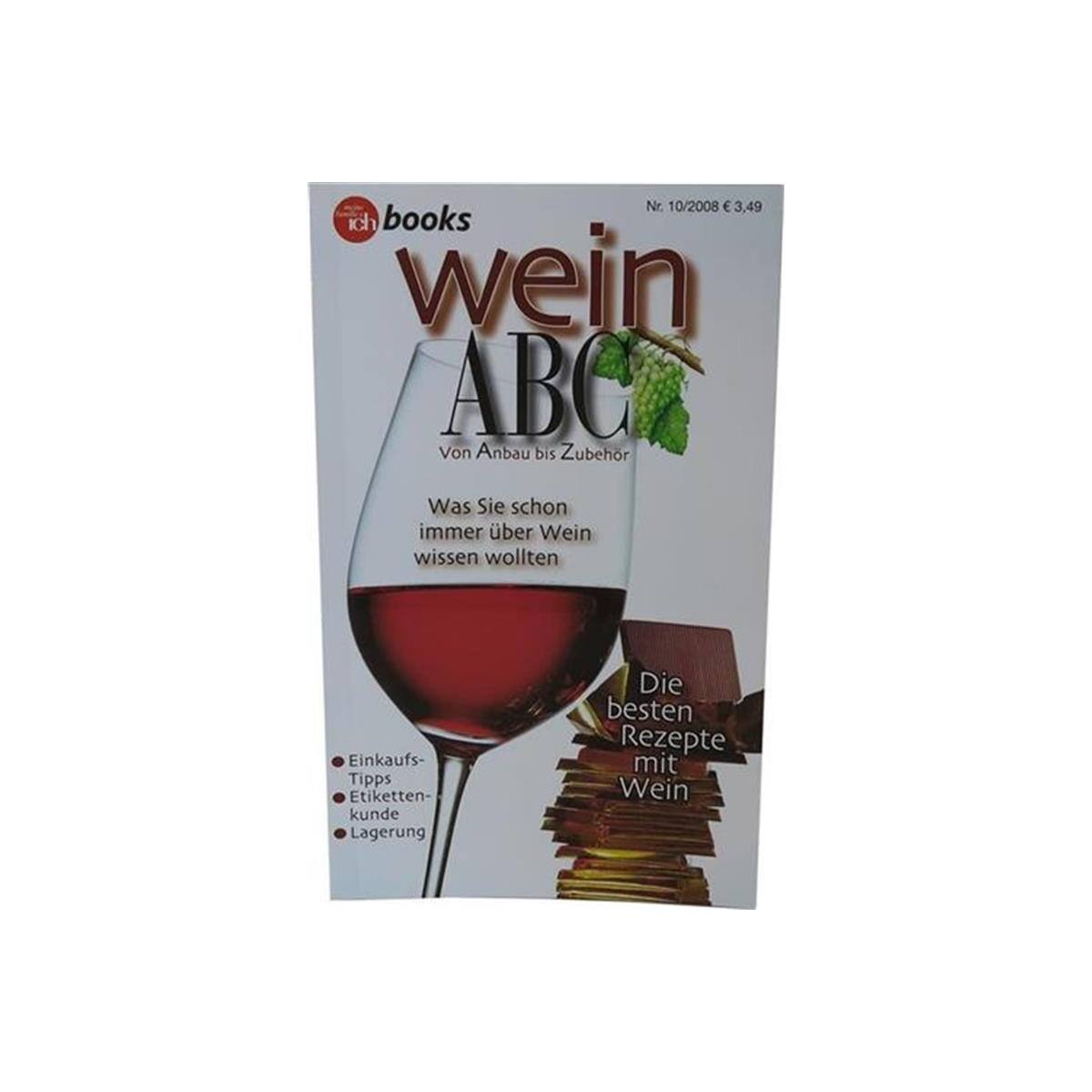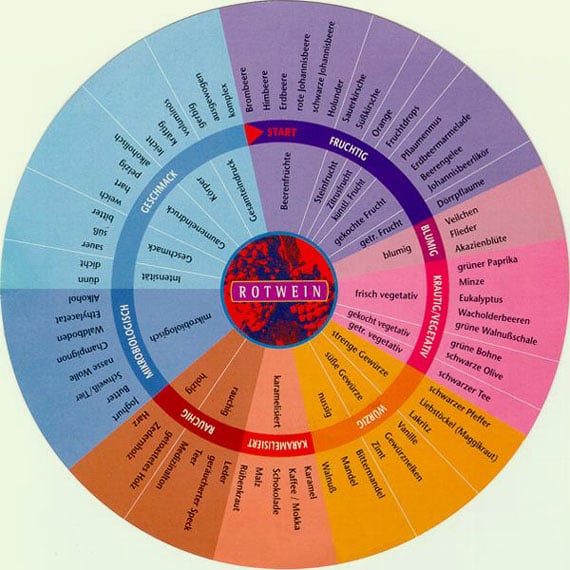Is the world of wine a perplexing labyrinth, or an exciting adventure waiting to be explored? For many, wine remains a fascinating enigma, a subject of both allure and occasional bewilderment, but with the right guide, it can become a source of immense pleasure and understanding.
The journey into wine appreciation can feel like navigating a complex landscape. You might find yourself in what feels like your first French lesson, a bit lost, a bit unsure, and perhaps even asking yourself: "Can I really describe wine with such elegant language?", or "How can I classify wine beyond simply 'good' or 'bad', 'red' or 'white'?" It's a common sentiment, and it's entirely understandable. The good news is that this journey is one of discovery, and you're certainly not alone. Many are finding their way through it and the key is understanding and a little guidance.
Consider the following table. It offers a basic yet comprehensive overview of some key wine-related concepts.
| Term | Definition | Significance |
|---|---|---|
| Sulfur Dioxide (Schwefelwasserstoff) | A compound that, when present in excess, can create an unpleasant smell reminiscent of rotten eggs. | This is often eliminated by separating the wine from the yeast sediment or by aeration during production (racking) or in the bottle. |
| Restse (Residual Sugar) | The sugar remaining in the wine after the fermentation process. | Crucial for determining the perceived sweetness of a wine and plays a vital role in balance, especially in conjunction with acidity and alcohol. |
| Acidity | The presence of acids such as tartaric, malic, and citric in the wine. | A crucial element in a wine's structure, contributing to its crispness and longevity. A wine with high acidity can taste 'dry' even with some residual sugar. |
| Tannins | Polyphenols extracted from grape skins, seeds, and stems, providing a drying, astringent sensation. | Important in red wines and contribute to structure, aging potential, and mouthfeel. |
| Pet Nat (Ptillant Naturel) | A naturally sparkling wine made using the "mthode ancestrale," where fermentation is completed in the bottle. | Offers a refreshing, often fruit-forward style of sparkling wine. |
| Maceration | The process where grape skins, seeds, and stems are steeped in the juice, extracting color, flavor, and tannins. | Critical in the production of ros and red wines. |
| Hochgewchs (Superior Quality) | A designation for Riesling wines that must meet stricter quality requirements, including a minimum Oechsle level (must weight) of 10 degrees higher than the standard quality wine, and a minimum of 1.5% ABV. | Signifies a wine of higher quality and potential. |
| Amtliche Prfungsnummer (Official Test Number) | A unique number assigned to a wine after it has passed the official quality control test. | Indicates that a wine meets the specific requirements and is authorized for sale. It must be displayed on the wine label, providing information about the testing agency, the winemaker, and the wine's characteristics. |
If the topic of wine still seems like a book sealed with seven seals, don't worry, you're in good company. The world of wine is vast and varied, and the journey of discovery is half the fun. There are numerous resources available to help you on your way, and a basic understanding of the terminology is an excellent starting point.
Consider the "Wein ABC" (Wine ABC), a concept that distills complex wine topics into accessible definitions. Websites dedicated to wine often provide their own version of the "Wine ABC," detailing the most important terms related to wine, winemaking, and grape varieties. These resources break down the essentials, offering clear explanations to guide you, and are often designed to make you a wine connoisseur. Some are designed to be very user-friendly. You can often click on a specific letter of the alphabet, and a list of terms relating to that letter will immediately appear.
The German wine regions, such as Baden, the southernmost German growing region, known for its mild climate, are a treasure trove. Each region and even a small area can bring a unique style to your table.
The balance of a wine is influenced by several factors. Consider the importance of Restse (Residual Sugar), which together with the alcohol content, forms the backbone of the wine. The sweetness of a wine depends not only on the residual sugar, but also on the acidity and tannins. If the acidity is particularly high, a wine with 25 grams of residual sugar can taste dry. The sugar in the wine that has not been converted into alcohol by yeasts is later contained in the finished wine. This balance is what makes wine so complex.
For those interested in expanding their knowledge, consider exploring the "Wein ABC" provided by various sources. These resources explain all the important terms in detail, helping you become a wine expert in no time. They are designed to be easy to navigate. By clicking on the letter that interests you, you can easily access the list of all terms in the "Wein ABC" that start with that letter. These resources will give you everything you need for your journey of wine exploration.
The essence of the wine, lies in its unique characteristics. One such characteristic is the presence of hydrogen sulfide, which, in most cases, will lose its unpleasant smell of rotten eggs when the wine is separated from the yeast or aerated, during production, in a process known as "Abstich", or within the bottle.
The process of creating wine is a delicate one, with each step influencing the final product. The process of transferring the wine during its cellar development is essential for separating the yeast and clouding substances.
The process of wine production isn't just about the grapes; it's about the expertise and care taken at every stage. This includes finding exclusive offers, such as those at dropsaver, a bottle pourer. It involves specialized tools and careful techniques.
Beyond the technical aspects, consider the passion. With over 25 years of passion for wine. If you have any questions, don't hesitate to contact the experts to learn more.
Finally, the official testing number provides a wine with its unique character, as it reveals information about the responsible testing agency, the winemaker (or the bottler), and the wine's characteristics. This number is crucial for identification and market regulation, and it must appear on the label of any wine sold.
So, whether you are just beginning to explore the world of wine or you're an experienced enthusiast, there is always something new to discover. The journey through the vineyard is a worthwhile one.


